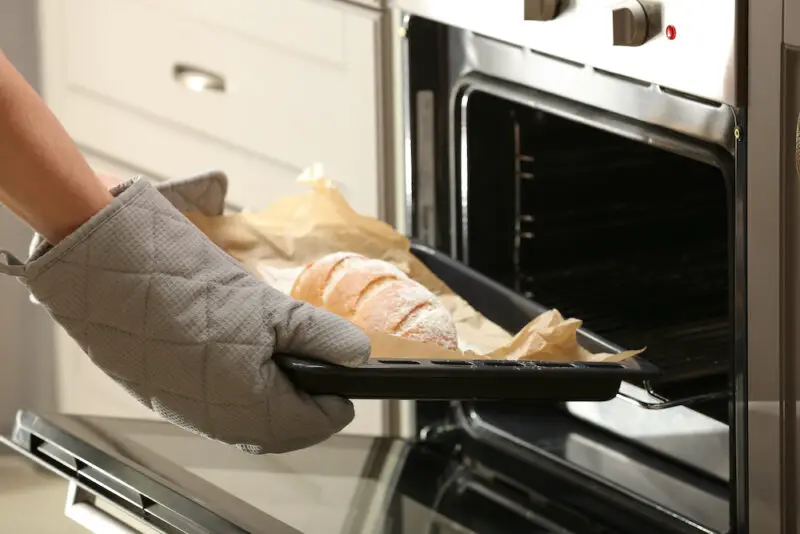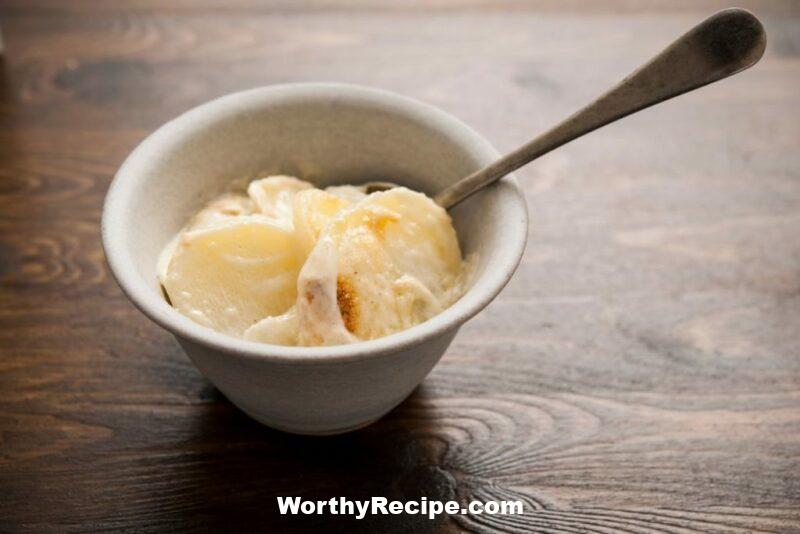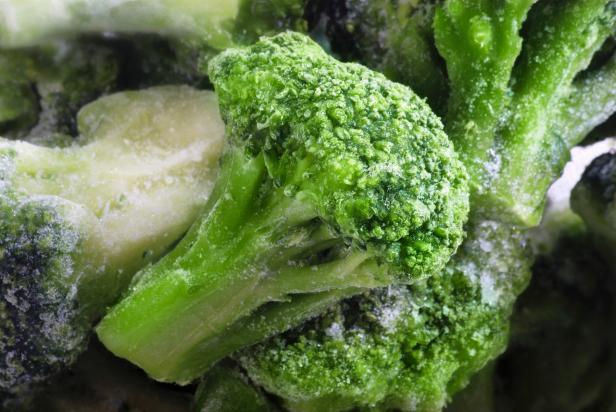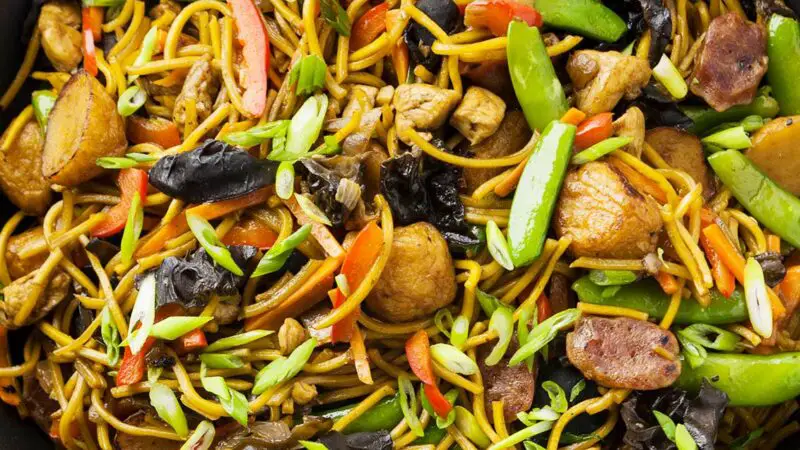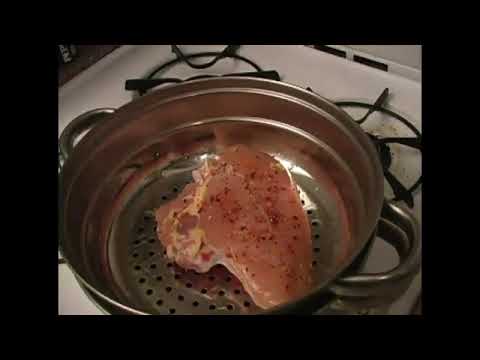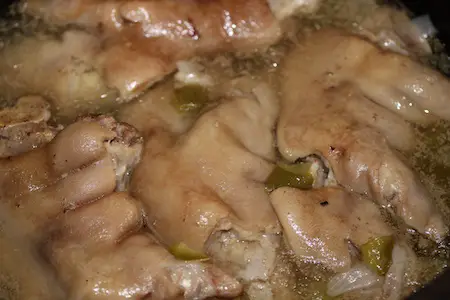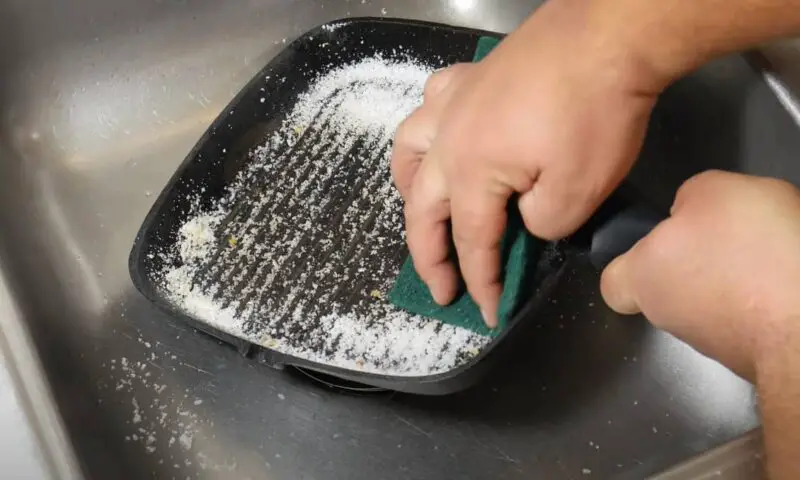At What Temperature Do You Bake Bread in a Convection Oven?
Introduction
Baking bread involves precise measurements and following specific recipes. Home bakers often wonder about the ideal temperature for baking bread in a convection oven. In this article, we’ll take a closer look at the role of temperature in bread baking, how convection ovens work, and tips on how to achieve perfectly baked bread every time.
The Definition of a Convection Oven
A convection oven is an appliance designed to cook food efficiently using both radiant heat and circulating hot air. Unlike traditional ovens, which use only radiant heat to cook food from the bottom up, convection ovens have a fan that circulates the hot air throughout the oven. This process ensures even cooking and faster cooking times.
Differences Between Conventional and Convection Ovens
Conventional ovens are excellent for baking cakes and pies, and roasting meats; however, they can be unreliable when it comes to bread baking due to uneven heating. In contrast, a convection oven can produce perfectly cooked baked goods every time. With its use of circulating hot air, it reduces cold spots, resulting in evenly cooked foods. If you’re passionate about baking bread regularly, investing in a reliable countertop convection oven can make a significant difference.
The Baking Process for Bread: A Brief Overview
Bread-making involves three main stages – mixing the ingredients to form dough, letting the dough rise or ferment for a specific duration until it doubles up in size and finally baking the dough until it attains an attractive color, firm exterior, and soft interior. Among these stages, modifying temperature during the baking stage is crucial as higher temperatures create oven-spring through steam buildup on dough surface which gives crusty exterior while lower temperatures allow the center to cook through without burning the crust.
The Importance of Temperature in Bread Baking
Temperature is critical in bread baking. Too high, and the crust becomes hard and dry, while too low temperature will make the bread dense. The ideal temperature ensures that the bread bakes evenly, resulting in crispy, golden-brown crusts and a tender crumb. Consequently, it’s essential to understand how convection ovens work so you can adjust your baking temperature accordingly.
Understanding Convection Ovens
How Convection Ovens Work
Convection ovens work by using hot air currents from the circulating fan to move heat around the oven. In this process, heat transfers from warm air particles within the oven to cooler air particles surrounding it, creating a continuous circulation of hot air. The result is an even distribution of heat that cooks food efficiently and quickly.
Benefits of Using a Convection Oven for Baking Bread
There are several benefits of baking bread in a convection oven, including:
- Shorter cooking times: because there is better heat distribution due to rapid airflow can ensure your baked goods cook faster.
- Even baking: since hot air continuously circulates evenly throughout the oven producing perfectly baked bread each time avoiding cold spots unlike traditional ovens.
- Crispier crusts: convection ovens have higher humidity levels that produce more steam retains moisture on bread surface which is useful for creating crusty exterior while preserving delicate interiors in types like baguette or sourdough bread recipes.
- No need for turning: Because heat distribution is even all around. Therefore there is no need to turn your bread halfway through baking to accounts evenly cooking results as seen in convection features.
Tips When Using a Convection Oven
Here are few tips to consider when baking bread in a convection oven:
- Know your oven: Keep in mind that every oven is unique. Understanding your appliance’s heat patterns, how well it retains heat, and how effective its fan works contributes significantly to baking success.
- Preheat your oven: ensure that you preheat your convection oven. This ensures that the temperature is accurate when you put the bread inside and reduces overall baking time.
- Keep an eye on the time: Since bread bakes faster ittakes lesser time as opposed to traditional ovens. So, adjusting timing accordingly during baking is crucial.
- Choose the right pan/surface: While using a convection oven assures consistent cooking, choosing the right pan is critical; ensure you use heavy, dark pans to help distribute heat evenly which help produce crispy dutch-oven style crusts.
Factors Affecting Baking Temperature for Bread in Convection Ovens
Types of Bread and Their Ideal Baking Temperatures in a Convection Oven
Different types of bread require different baking temperatures. Most bread recipes suggest baking at 350°F to 400°F degrees Fahrenheit – However, here are some examples of ideal temperatures given for various types of bread. Adjust the recommended temperature based on your preference and use an internal thermometer to be confident.
- Sourdough: ranging from360°Fto 425°F (182°C-218°C)
- Brown bread: ranges from375°Fto 425°F (190°C-218°C)
- Brioche: ranging from350°Fto 375°F (177°C – 190°C)
- Focaccia: ranging from400°Fto 450°F (204°C-232°C)
Dough Density and Its Effect on Baking Time and Temperature
The density of the bread dough goes a long way to determine the time, temperature, and outcome of the bread. Since denser breads require slower cooking and high temperature to cook sufficiently through before burning the crust. Here are possible implications when baking with different dough densities and how you can adjust the temperature:
- Denser dough requires less temperature as the heat generated stays longer in thick dough which distributes properly through.
- If too soft: The opposite applies when dealing with loosely knit dough as it bakes faster and requires standard low temperature over more extended periods to give great results.
Effects of Humidity on Baking Temperature
Bread baking is heavily influenced by humidity changes as baking under very dry conditions can make it difficult for adequate rise. Temperatures should be adjusted relatively higher during baking to account for humidity loss on warmer days.
Similarly, in humid conditions where moisture content in the dough is nearing 70%, baking temperatures should be reduced by approximately 25 degrees Fahrenheit so that water can vaporize when bread tends to droop forming structureless holes.
Determining the Right Temperature for Your Bread
Using Internal Bread Temperature as an Indicator
While guided by recipe instructions, determining your oven’s internal temperature while checking consistently using a metal probe thermometer is a great way to manage ideal bake results.
Most types of bread are adequately heated when they reach temperatures from 190°F / 88°C to around 205°F /95 °C which kills harmful bacteria and ensures even heating throughout the loaf.
Recommended Temperatures for Different Types of Bread in Convection Ovens
Here’s a simple guideline that would assist you in setting your ideal temperatures when baking different types of bread:
- Soft white rolls: 390-400°F (199°C-204°C)
- French batard: 410-425°F (210°C-218°C)
- Classic white sandwich bread: 365-375°F (185°C -190°C)
- Dense rye bread2: 325-350°F (163°C-177°C)
Tips and Tricks to Ensure Perfect Bread Every Time
Preheating Your Convection Oven
Always preheat your convection oven for better results. Doing so ensures the temperature is consistent, which reduces overall cooking time and ensures even baking results.
Using the Right Pan or Stone
Using the right kind of pan is crucial; thick, dark surfaces help distribute heat evenly, producing a crispy crust while preserving the delicate interior of your bread.
Making Use of Steam or Water While Baking
Steam enhances bread growth development, getting you pillowy interiors with golden crispy exteriors. To achieve this, create a sticky exterior either by making slashes on top or spraying/misting it with water while baking.
Common Mistakes to Avoid When Baking Bread in a Convection Oven
Over or Under-Baking Due to Incorrect Temperatures
Getting your bake away can be challenging if you don’t set the right temperature. Allowing it to cook at too high temperature rates will raise the crust too quickly, leading to brittleness while under-baking affects interiorly texturing.
Wrong Baking Time and Temperature Based on Personal Preferences
Choosing optimal baking conditions while considering various factors such as dough moisture content, esthetics among other factors is essential in getting the perfect bake.
Conclusion
Temperature is an essential factor when baking bread in a convection oven. Achieving the desired temperatures and final outcome isn’t difficult with a better understanding of factors such as dough density and humidity levels. Follow our tips and tricks for consistent, perfectly baked bread every single time. With practice and research, producing restaurant-quality loaves is achievable at any given time. #### How does baking bread in a convection oven differ from a regular oven?
When baking bread, convection ovens use a fan to circulate hot air evenly throughout the oven, resulting in a faster and more even bake. This means that your bread will cook more quickly at a lower temperature compared to a regular oven.
#### What is the ideal temperature for baking bread in a convection oven?
For best results, it’s recommended to bake your bread at 25°F lower than what the recipe calls for when using a convection oven. So if the recipe suggests 375°F, adjust your oven temperature to 350°F for baking in a convection oven.
#### Is it safe to bake bread in a convection oven?
Yes, it is completely safe to use a convection oven when baking bread. Just make sure you are familiar with your specific appliance and follow proper guidelines for usage.
#### Does baking bread in a convection oven affect the texture of the finished product?
In general, yes. Baking bread in a convection oven can cause a slightly crisper crust and lighter crumb due to the faster cooking time and even heat distribution. However, this can vary depending on the type of bread being baked and personal preference.
